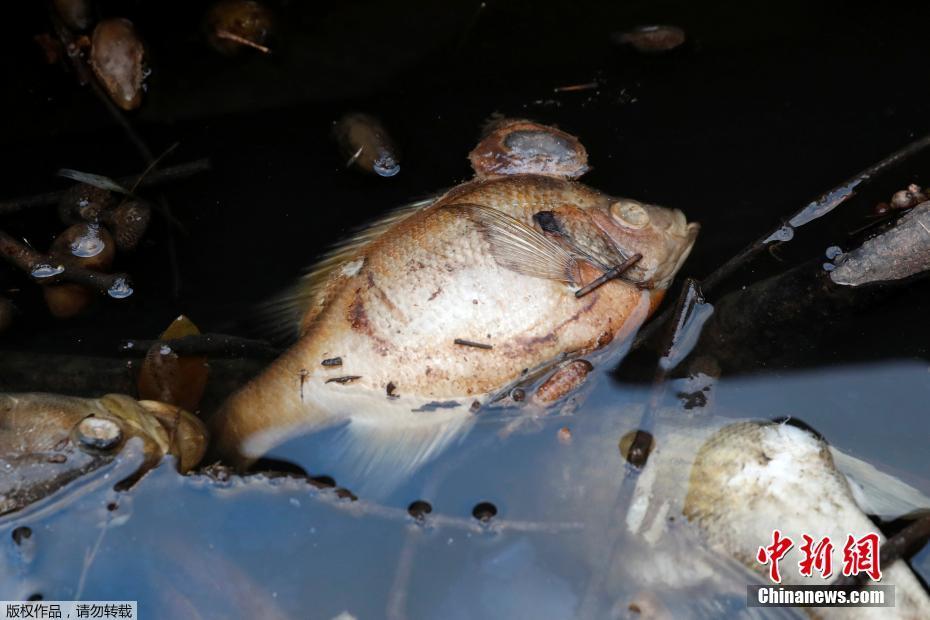SUMO/ Feisty Konishiki challenges sport’s unwritten code on henka
By KENSUKE SUZUKI/ Staff Writer
April 7,argentina vs indonesia 2024 at 07:00 JST
- Share
- Tweet list
 Retired sumo wrestler Konishiki, a former ozeki rank holder (Kensuke Suzuki)
Retired sumo wrestler Konishiki, a former ozeki rank holder (Kensuke Suzuki)In the highly structured world of sumo, wrestlers are expected to maintain decorum at all times, both in and outside the dohyo.
There is also an unwritten code of conduct over fighting styles and woe betide any transgressor.
Consider, for example, the playoff at the Autumn Grand Sumo Tournament last year when ozeki Takakeisho defeated lower ranking Atamifuji by using the henka technique, an evasive side step generally used at the start of a match.
Although the maneuver is legal, sumo bosses and fans generally disapprove of the move, viewing it as a way to avoid a direct clash against an opponent to secure a quick, easy victory.
In short, it is not considered an honorable or dignified way to fight, especially for champion yokozuna and ozeki, the sport’s second highest rank.
Now, hugely popular former ozeki Konishiki has come wading into the fray by defending Takakeisho and offering a different perspective.
One of the most beloved wrestlers of his generation, Konishiki was the first foreign-born rikishi to make it to ozeki.
The 60-year-old big Hawaiian, now long retired, sat down for an interview with The Asahi Shimbun.
Excerpts follow:
Question: Takakeisho came in for a lot of criticism for using the henka technique in his match with Atamifuji. What is your view on that?
Konishiki:I think Takakeisho had no other way. You can’t blame him.
Takakeisho was in poor form after returning from a break due to an injury to both knees. He only managed to win his 11th match on the final 15th day of the tournament. He seemed too exhausted for the playoff. On the other hand, the 21-year-old Atamifuji was at the top of his game. I would have been tempted to use henka, too, in that situation.
Q:What sort of pressure do top-ranking wrestlers like Takakeisho face?
A:Rank is everything in the world of sumo. In particular, the top-ranking yokozuna and the following ozeki are in a class of their own. If an ozeki loses to a young wrestler, he will face bitter criticism. If a yokozuna loses a championship, he will be called “pathetic.”
The wrestler is the one who is fighting. Audiences certainly want to see exciting, dynamic bouts, but it is the wrestler who has to take the risk of losing. No one else will take responsibility for him. After all, he fights alone in the ring.
Q:Have you ever tried a henka yourself as an active wrestler?
A:I only did it once during my active career, but my stable master (Takasago, the former yokozuna Asashio) got mad at me for that. I don’t understand why it’s criticized so much. Is it because it’s not considered a “fair and square” sumo move?
I don’t think it’s cheating.
Actually, henka is the most risky technique. Your body lifts up when you jump to the side. If your opponent doesn’t get tricked and quickly reacts to your move, you’ll be pushed out and it’s over.
If you fail it, you’re almost guaranteed to lose. If the opponent has a strong, well-trained lower body, he’ll be able to counter the tricky move.
Atamifuji would have won the playoff had he been stronger.
In the first place, there is no rule against henka or hatakikomi (or slap down, a similar but more common technique), so there is no reason to complain.
I mean, is bunting in baseball bad? Is intentional walking a violation of the rules? I’ve heard that the Japan Sumo Association also criticized Takakeisho, but if that’s the case, they should just ban henka. Then no one will do it.
Q:But the association avoids establishing absolute rules, doesn’t it? And its criteria for promoting an ozeki to yokozuna is also vague.
A:That’s right. The association says a wrestler must win two consecutive tournaments as an ozeki or achieve a similar result to be promoted to yokozuna.
However, in reality, there have been wrestlers who have become yokozuna without winning a single tournament, such as Futahaguro (who was promoted in 1986). If consecutive tournament victories were an absolute requirement, there would be many wrestlers who would not have become yokozuna. On the other hand, I was not promoted even after winning three tournaments.
So Takakeisho doesn’t need to worry about the criticism. I didn’t care at all either. Most of the people who complain are those who wouldn’t dare say a word in the face of the person they’re grumbling about.
顶: 29384踩: 844
SUMO/ Feisty Konishiki challenges sport’s unwritten code on henka_argentina vs indonesia
人参与 | 时间:2024-11-15 10:25:39
相关文章
- 先場所優勝の横綱・照ノ富士が11度目の休場 左膝痛と糖尿病 大相撲・秋場所
- 梅島三環子アナ 大好きなホヤが海水温上昇で大ピンチです…仙台放送アナウンサーコラム「書ける」
- 8強の壁越えられなかったバレー男子 あとは世界との差を埋める「経験」積み重ねるのみ…パリ五輪・担当記者が見た
- 山下美夢有は68で3位 日本勢2大会連続メダルかけ最終日へ「1打でも伸ばせるように」女子ゴルフ第3R…パリ五輪
- パリ五輪男子柔道73キロ級銅メダルの橋本壮市に浜松市特別賞
- 【札幌記念】プログノーシスは史上4頭目の連覇に挑む 4馬身差圧勝の昨年から「成長を感じます」
- 【巨人】モンテスが出場機会増へ志願の外野練習「どこでもプレーしますと伝えました」
- 浦和ヘグモ監督「敦樹の幸運を祈ってる」 主将が連続流出も「新たな選手が責任を持ってプレーを…」
- 初恋相手のエルフ先生と大人になって再会、いっしょに孤児院の先生になる物語
- 【思い出の札幌記念】2011年トーセンジョーダンVの裏に「必殺仕上げ人・三浦皇成」 池江調教師も「陰のMVP」







评论专区